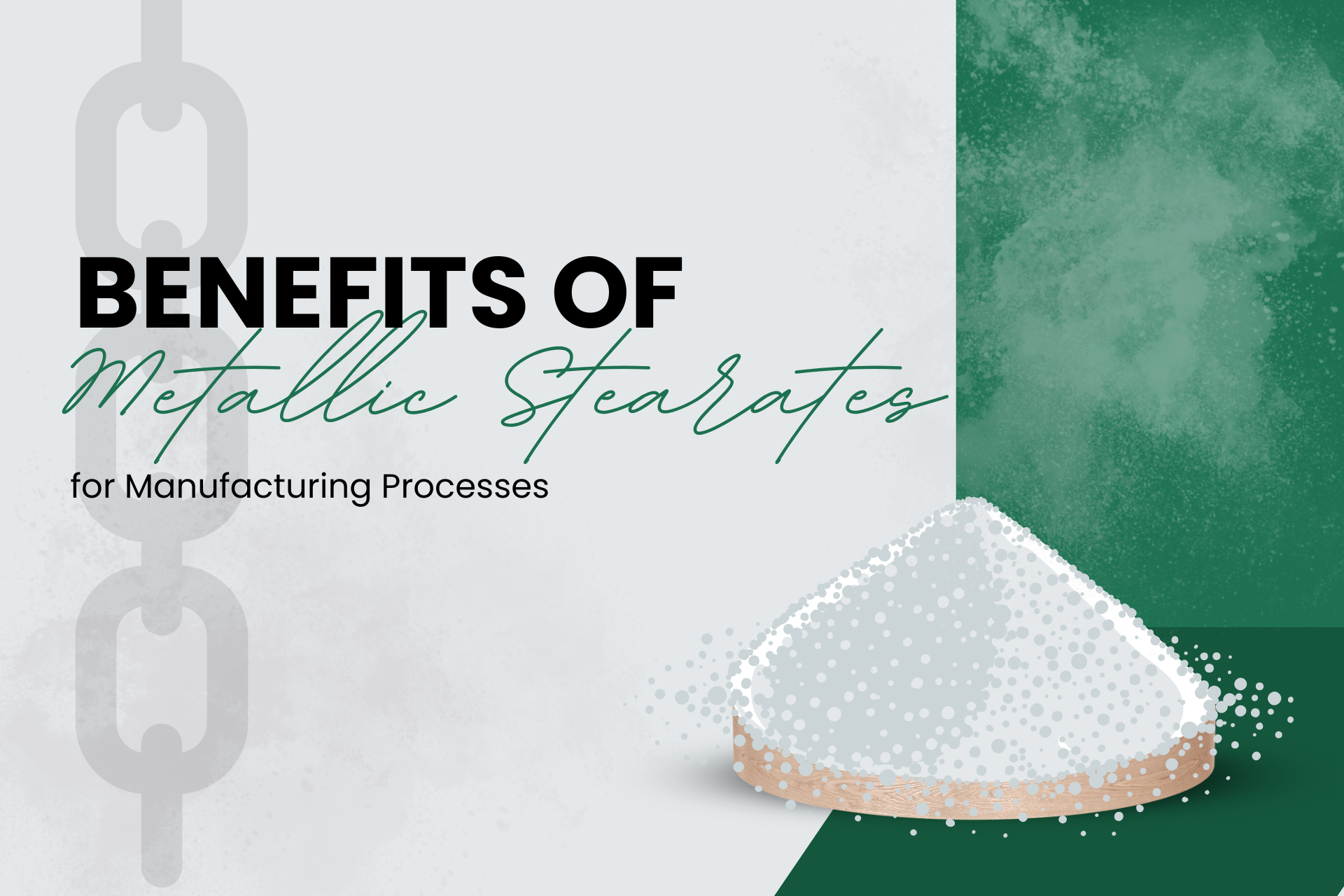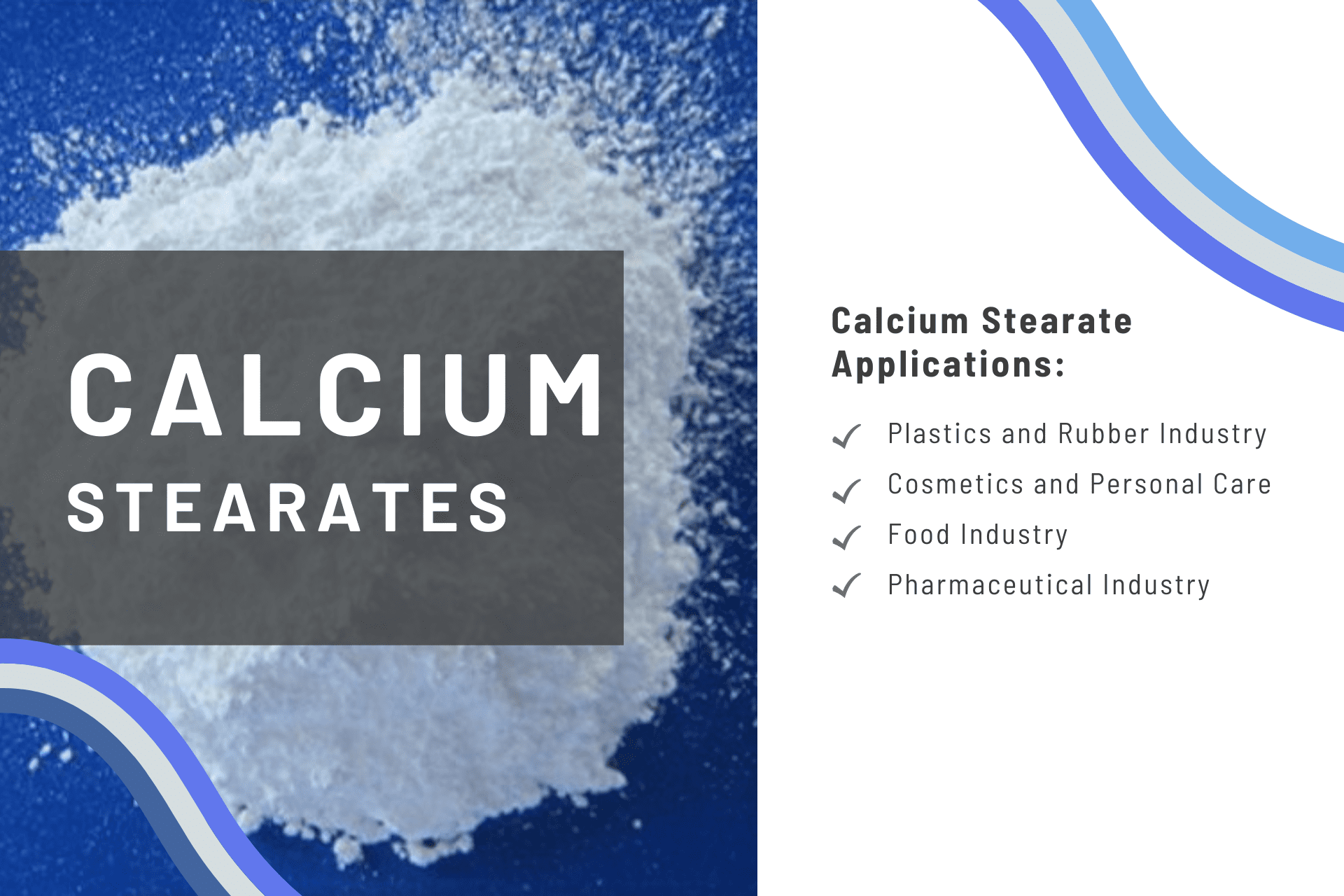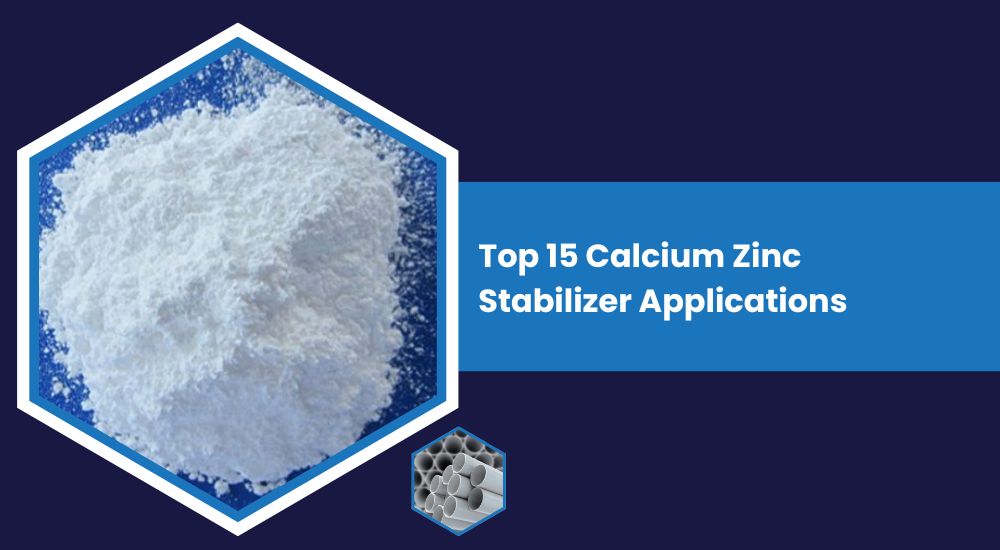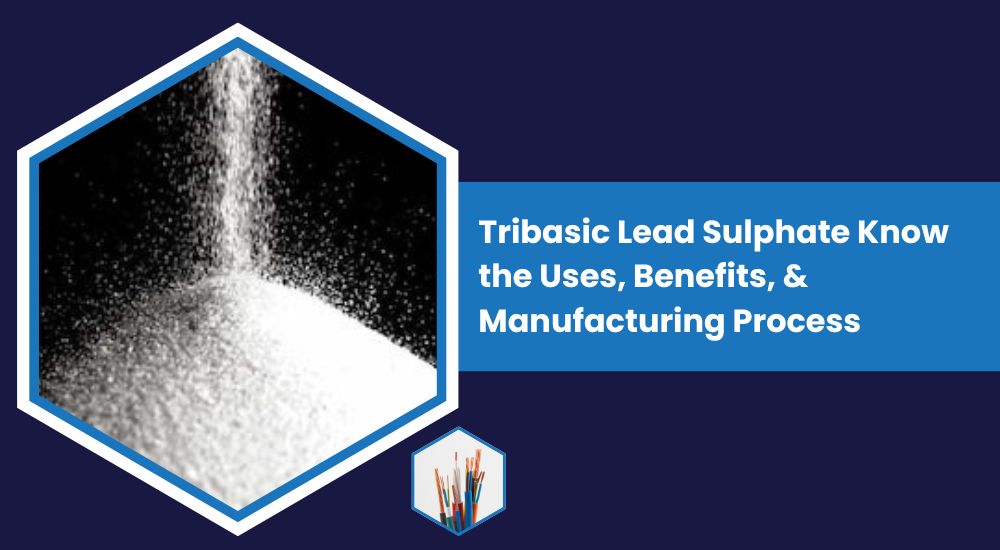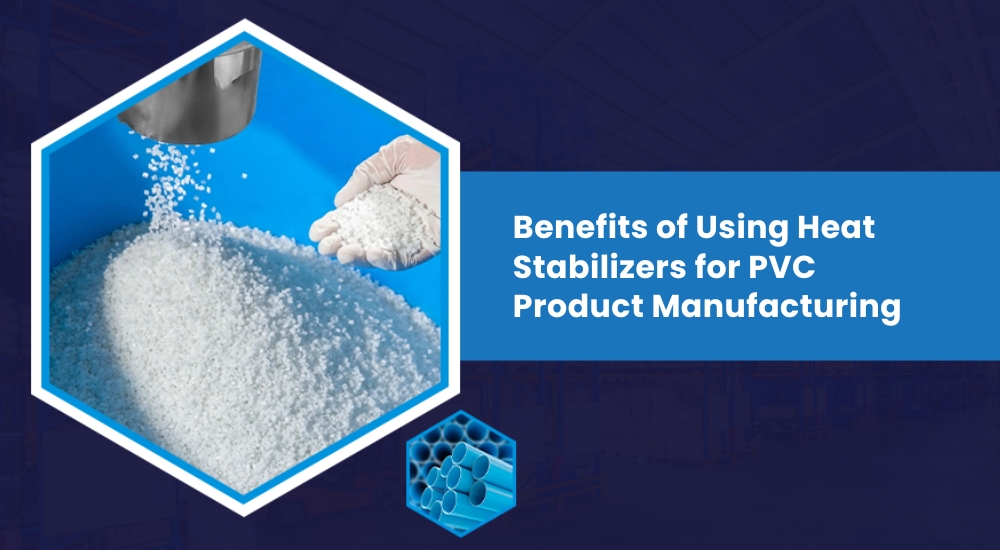
PVC (polyvinyl chloride) is used in many industries as it is durable, versatile, and effective. However, PVC is sensitive to heat, and it can lose its strength and degrade due to prolonged exposure to high temperatures. This is where heat stabilizers work. They use lead-free stabilization for PVC products during manufacturing, ensuring high quality and performance.
In this blog, we are going to discuss the benefits of using heat stabilizers for PVC product manufacturing. We are going to guide you about why the heat stabilizer is important for the PVC product quality.
What Are Heat Stabilizers?
Heat stabilizers are chemical additives in the PVC production process. They help prevent material degradation from heat during the process. High temperatures, especially during the processing stage, can degrade PVC.
As a result, PVC will lose its mechanical properties, change color, and be severely affected. A heat stabilizer protects the polymer structure and ensures the final product remains strong, flexible, and unchanged in color.
Prevents Degradation and Discoloration
Heat can break the PVC and result in losing its original properties. In the case of exposure to heat, the PVC has a great possibility of color change, becoming brittle, and losing its strength in the process of producing new products. The heat stabilizer retains the color, flexibility, and strength by preventing thermal degradation of the material.
Enhances Durability and Longevity
The PVC products need to be strong and durable, whether it is a pipe, window, or flooring. The heat stabilizer helps the PVC products to avoid harsh conditions and improves long-term stability. This means that PVC products are efficient for their monetary value and work for a long time.
Improves Processing Efficiency
In manufacturing PVC, the material needs to be heated so that it becomes moldable. The risk of degradation with no heat stabilizers used would make the process sluggish. Manufacturers will be able to have a more effective production process through the use of stabilizers.
PVC heat stabilizer manufacturers attain better temperature control, minimizing the time used in production and improving the general efficiency of producing the products.
Reduces Toxic Emissions
PVC, when exposed to heat, emits toxic hydrogen chloride gas, which is also harmful to the environment. The heat stabilizers inhibit the emission of such deleterious gases, making their usage in manufacturing safer and much more environmentally friendly.
Hence, it is a fundamental requirement for the manufacturer based on environmental regulations and support for sustainability.
Improves Flexibility and Workability
Stabilizers do not only protect PVC against heat damage but can also increase the flexibility of PVC material. This is mainly required in products that involve bending, shaping, and molding.
Heat stabilizers provide for PVC to remain workable in the manufacturing stage. Therefore, the manufacturer can make products of elaborate shape and design.
Prevents the Formation of Blisters
Blistering of PVC is developed during the heating process, and it is usually overheating. The blisters weaken the material, and, subsequently, the final product will be affected in appearance. The formation of these blisters can be prevented using heat stabilizers, thereby ensuring that the PVC products are smooth and free from defects.
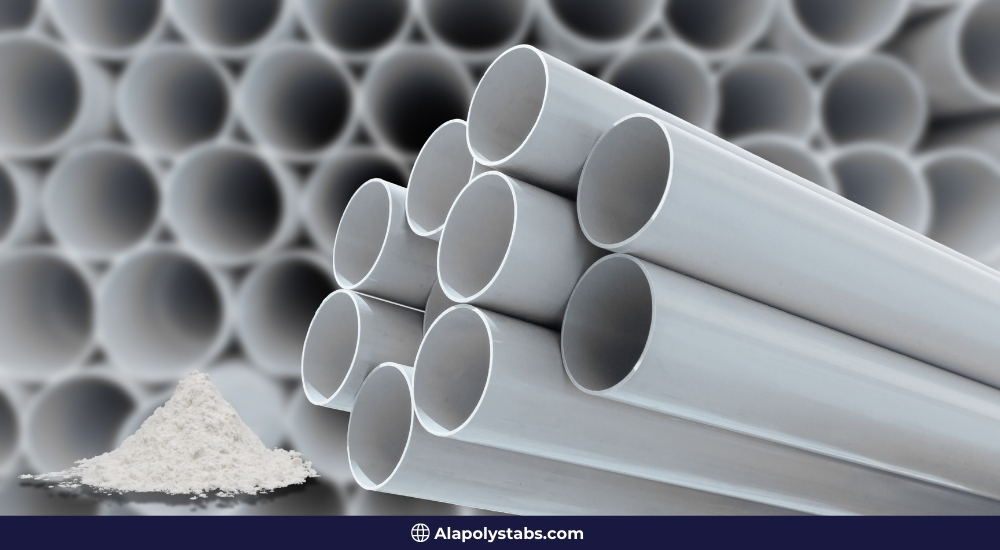
Cost-Effective Production
Even though they cost more, using heat stabilizers can lower the risks of material wastage, defectives, and failure products. It can also enhance the quality of the final product; this, in turn, will bring down production costs in the long run. Manufacturers will produce reliable products with fewer rejections, saving them money in the end.
Types of Heat Stabilizers Used in PVC Manufacturing:
- Lead-Based Stabilizers : Lead stabilizers are the most useful and used for thermal stability. It is a product that is highly used under the concern of environmental factors.
- Calcium-Zinc Stabilizers : The calcium-zinc stabilizers are the safest, non-toxic, and eco-friendly products that match the standards of any manufacturer. It is an alternative product of the lead.
- Barium-Cadmium Stabilizers : The barium-calcium stabilizer is an alternative to environmentally friendly products. It is highly used to avoid the degradation of the environment.
- Organotin Stabilizers : This stabilizer is used for flexible PVC applications, and it is also known for its excellent performance and manufacturing of durable and flexible products.
Conclusion
The use of the PVC heat stabilizer ensures the high quality, durability, and great appearance of PVC product manufacturing. The improvement in the thermal stability can enhance the manufacturing process and is very important for the production.
The PVC products demand modern applications, and for molding them, the heat stabilizer comes into play. Purchasing the right type of stabilizer can increase the lifespan of PVC products and help them to make them cost-effective.
Frequently Asked Questions
How does the PVC stabilizer affect the look of the PVC product?
The PVC stabilizer protects the color and quality of the PVC products and makes sure to hold their original color for a long time.
Does the heat stabilizer increase the cost of PVC products?
The heat stabilizer only increases the upfront cost of the products; otherwise, it reduces the production costs of manufacturer products.
Can I manufacture my PVC products without using the heat stabilizer?
Yes, you can manufacture PVC products without the use of a heat stabilizer, but the product's durability, flexibility, and appearance will be degradable, and this process will lead to poor quality.
Are the heat stabilizers safe for the environment?
Yes, many types of heat stabilizers can be used for saving the environment, such as calcium zinc stabilizers, barium cadmium stabilizers, and many more.
